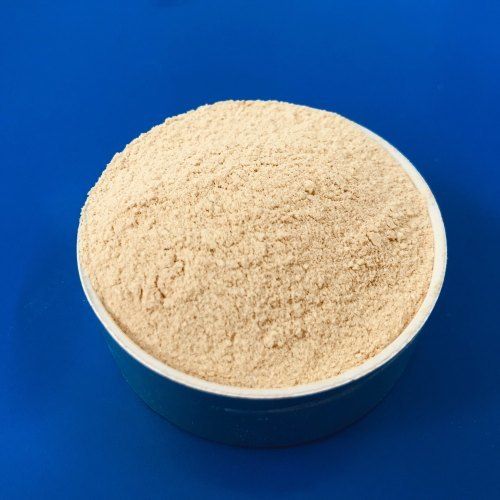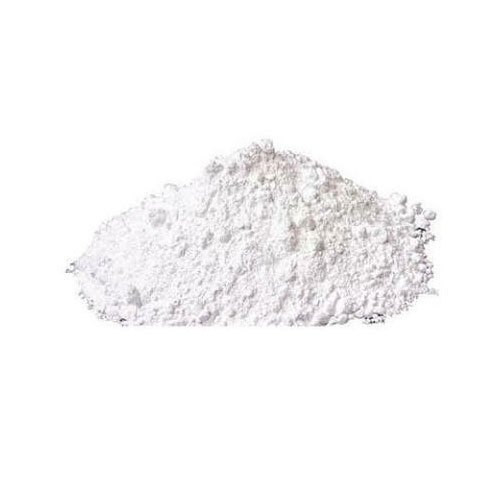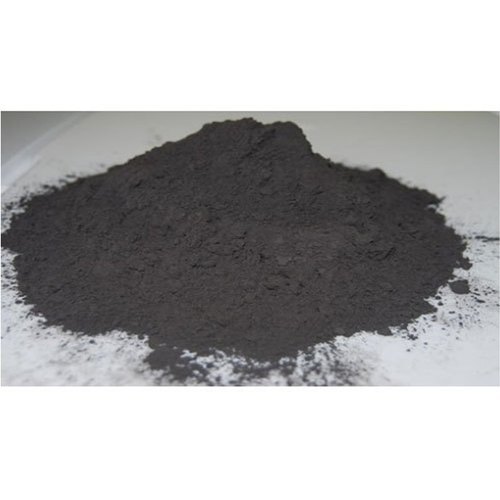Product Description
Thermostable Phytase is a product of high purity and feed grade as a feed additive only for poultry; 99 percent in terms of purity. The enzyme has a shelf life of two years. It is sold as a powder that is very soluble in water, and easy to mix into animal feed. Its thermostable nature enables it to withstand the heat of processing, ensuring that consistent enzyme activity and effectiveness are maintained, even in tough conditions. Thermostable Phytase supplement maximises nutrient absorption, breaks down the phytates, and increases phosphorus availability.
Functions of Thermostable Phytase
Hydrolyze phytate in feed ingredients, release digestible phosphorus, and increase the utilization of phosphorus in livestock and poultry. Improve the availability and digestibility of nutrients such as minerals, amino acids and proteins.
Thermostable Phytase Raw Materials Manufacturers Wholesaler Price Suppliers & Exporters
- Phytase could be used effectively to increase the bioavailability of phosphorus in feed. Further investigation about phytase application in fish feed is needed to study in in vivo. The progress in biotechnology of phytase is remarkable and attracting worldwide attention.
- Phytase improves the digestibility of energy, dietary minerals, and amino acids.
- It decreases the feed cost and retain or advance animal performance.
- It improves environment by reducing the amount of phosphorus excreted by animals.
- Phytase is an enzyme that has the ability to release phosphorous (P) from phytate by hydrolyzing inositol-phosphate linkages. Recently, thermostable phytases have gained great consideration because the reduction in phytase activity was found when exposed to heat during feed pelleting. In this study, the effects of the granular thermostable phytase (Aspergillus niger) on growth performance and nutrient utilization of broilers were investigated. A total of 96 21-day-old Arbor Acres broilers were randomly distributed into six treatments including basal diet (control) and basal diet supplemented with 500, 1,000, 2,000, 4,000, 8,000 U of phytase/kg. In general, the metabolizable energy (ME) and the apparent and true availability of dry matter (DM), organic matter (OM), ether extract (EE), crude protein (CP), and amino acids (AA) showed both linearly (p

 English
English Spanish
Spanish French
French German
German Italian
Italian Chinese (Simplified)
Chinese (Simplified) Japanese
Japanese Korean
Korean Arabic
Arabic Portuguese
Portuguese









